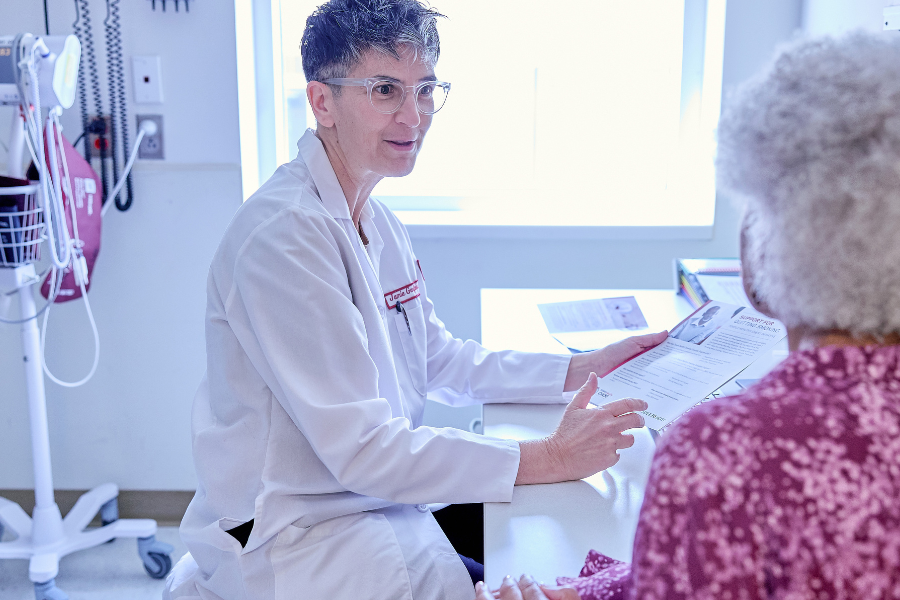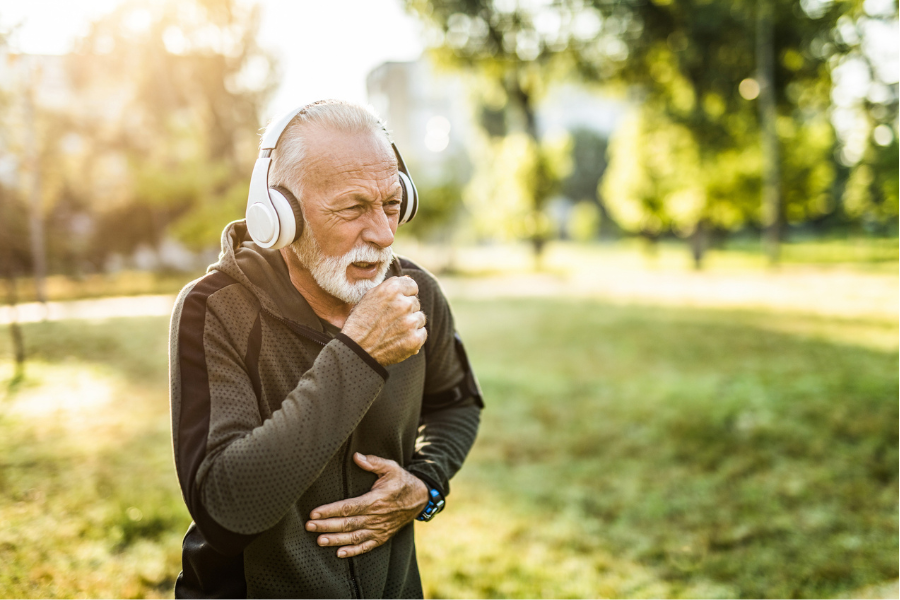When you have COPD (chronic obstructive pulmonary disease), it’s important to remember that even though there is no cure, there are many things you can do to ease your symptoms.
When discussing with my patients the best ways to manage their disease and live a fuller, more active life, I always recommend these 5 steps to them. I know how effective these steps are at making people living with COPD feel much better.
1. Focus on protecting your overall health.
Wash your hands
Wash your hands often. It’s the best way to help protect yourself from any illness. I keep hand sanitizer with me for when soap and running water aren’t available.
Get a flu shot and pneumonia shot
It’s important to avoid things like colds and the flu as much as possible. Respiratory viruses and infections can be hard on your lungs. I encourage my patients with COPD to get a flu shot every year and to get a pneumonia shot, too, if they haven’t done so already.
Avoid crowds
Also, it helps to avoid crowds as much as possible. Now that many COVID-19 restrictions have been lifted, people are gathering together in large groups. However, the coronavirus is still active. And even if you’ve been vaccinated with one of the COVID-19 vaccines, there is still a slight risk that you may get the virus. Plus, there are always seasonal illnesses to be cautious of. You’ll reduce your chances of getting sick with any of these viruses if you limit your time around large groups of people.
Ask friends to not visit when they’ve got a cold or any other illness that might make you sick. You can get together once they feel better.
Brush, brush, brush
Brush your teeth at least twice a day. You might not think good oral health has anything to do with your lungs. But it can help prevent the germs in your mouth from causing an infection that might harm your lungs. And don’t forget to see your dentist at least twice a year.
2. Use oxygen therapy if you need it.
Supplemental oxygen can help you live longer and with fewer COPD symptoms. It can also protect your heart and help you sleep better. When I prescribe oxygen for my patients, we discuss how to use it at home and when they travel.
I emphasize to my patients that oxygen can help them feel less breathless when doing everyday tasks like making their bed, taking a bath or shower, getting dressed or preparing meals. It can improve their quality of life and allow them to do more of the things they enjoy.

